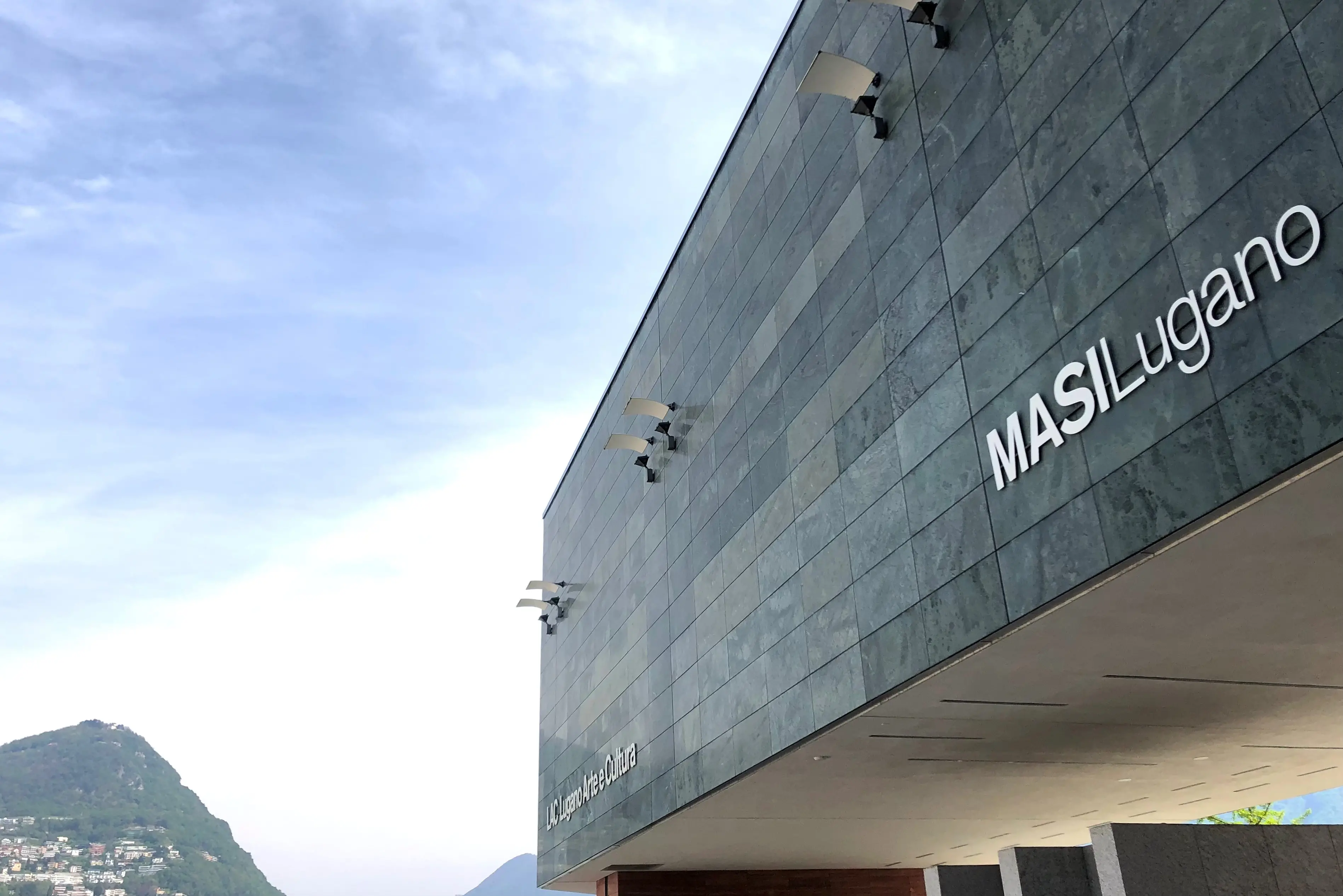
Switzerland's New Cultural Beacon
During our visit to Lugano, Switzerland, we explored the LAC—Lugano Arte e Cultura, a cutting-edge cultural center devoted to visual arts, music, and performing arts. This center aspires to become one of the nation's principal cultural hubs, aiming to showcase Lugano’s rich artistic offerings and its identity as a cultural crossroads between Northern and Southern Europe.
A Distinctive Vision
Conceived as a nexus for interaction and influence among various artistic disciplines, LAC is defined by its groundbreaking architectural design. It embraces its role as an open structure that facilitates encounters among different art forms, artists, and the community. Inspired by the surrounding lakeside landscape and the region's cultural wealth, architect Ivano Gianola opted for contemporary lines that harmonize with the natural environment, providing a modern setting for artistic and cultural activities.
The materials used in constructing the LAC echo this ethos. Glass elements enhance light and transparency, fostering visual connections with the environment, while wood used internally cultivates a warm, inviting atmosphere. Sleek metal structures and organic shapes emphasize the building’s modern character, ensuring its sustainability and functionality over time.
Surrounded by the magnificent lakeside scenery, the center's rich programming is year-round, featuring exhibitions, musical seasons, theater, dance performances, and an array of cultural initiatives alongside a comprehensive range of activities for children and families.
A Museum, a Public Garden, and Much More
The LAC is also home to the Museo d’arte della Svizzera italiana (MASI), offering three floors of pure enjoyment. This includes the permanent collection from the city of Lugano and the Canton of Ticino, temporary exhibitions, and site-specific installations.
Additionally, a new 1,000-seat concert and theater hall, clad in wood and equipped with a customizable, removable acoustic shell, hosts a busy schedule of performances and concerts.
At its entrance, the center welcomes visitors with a grand hall opening onto the newly established Bernardino Luini Square—Lugano’s largest—and the lake beyond. This space is augmented by substantial areas like the Teatrostudio, versatile rooms designed for meetings and events, the workshop, and the Agorà amphitheater. The LAC also incorporates spaces restored from the former convent of the Minor Franciscans, a new public garden, and a large underground parking area decorated with works by Swiss artist Felice Varini.
Who could remain unmoved by such innovation, beauty, and devotion to culture?